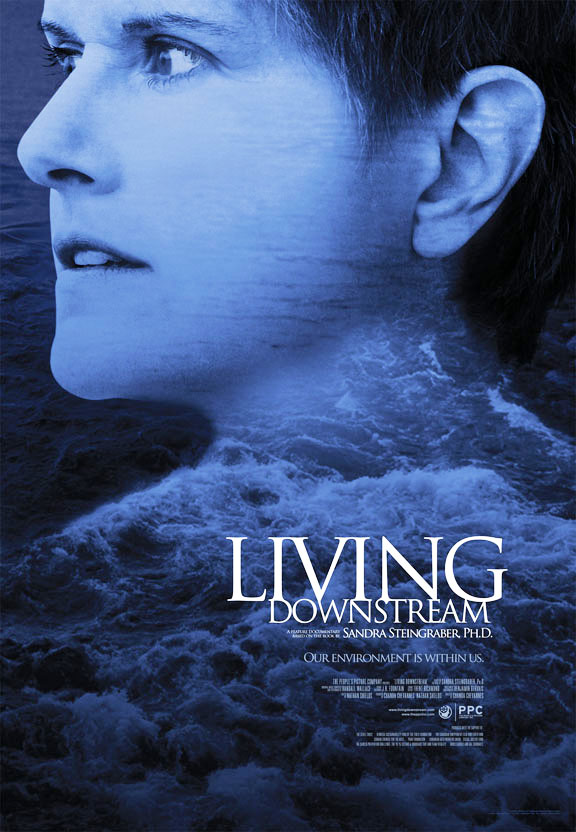So far we’ve discussed who Rachel Carson is and how she sparked action on many issues we continue to face today, including her impact on the modern environmental movement. In this post we’ll explore how you can take simple steps to continue her legacy and improve your health and our environment’s health too. Eat- Celebrate Rachel Carson by consuming organic fruits and vegetables. Decreasing your pesticide consumption may seem obvious, but many people don’t realize this is essentially the choice you make when you buy organic over non-organic. See the lists below for the Dirty Dozen (traditionally more pesticide contamination) and Clean 15 (least sprayed).
Shop- You may realize the importance of buying organic food for health reasons, but often cost is a barrier. However, consider the hidden costs of what’s on your dinner table. Conventionally grown food carries greater cost to the environment, as well as to your own health. Locally grown and organic food is healthier for you and more sustainable. Think of the reduction in pesticides and the reduction in gas and emissions when you are getting your fruit from a farmer in the area versus flown from another continent!
Shop at local markets in your area and get to know who is producing your food and how they care for their crops. Rachel Carson would be proud!
Click here for a list of local markets near you!
Love- If you have children, nieces, nephews or grandchildren, take them on a walk! Admire nature together and make a connection with it. Rachel Carson’s book “The Sense of Wonder” was based on creating a connection and respect for nature at a young age. In “The Sense of Wonder,” she says, “A three-year-old can love the song of the wind, speeding clouds, the rearing surf.” Children have a natural curiosity that should be nurtured and cultivated,
Lather- Many people are aware of the dangers of parabens and petrolatum as endocrine disrupters and cancer-promoting agents, but what about other chemicals found in personal care and beauty products? For example, everyone likes a good soapy lather, but most often this is produced by sodium lauryl sulfate and sodium laureth sulfate. These compounds are toxic and should be avoided. When shopping for personal products read labels and try to avoid the Toxic Ten (Refer to Tips and Guide from Environmental Defense Canada).
Live- Live with respect for Nature and be an ambassador for the environment- Rachel Carson style. Reduce, re-use, recycle and compost! Ride a bike to work or take public transit. Each of these conscious choices makes a difference. Start by making decisions for a better, healthier world today!
Next time you pick up an organic apple, throw recycling where it belongs or take a minute to listen to birds singing in the trees, you can be sure that you’re continuing Carson’s legacy, one conscious effort at a time.
Join the pledge and take action today!






